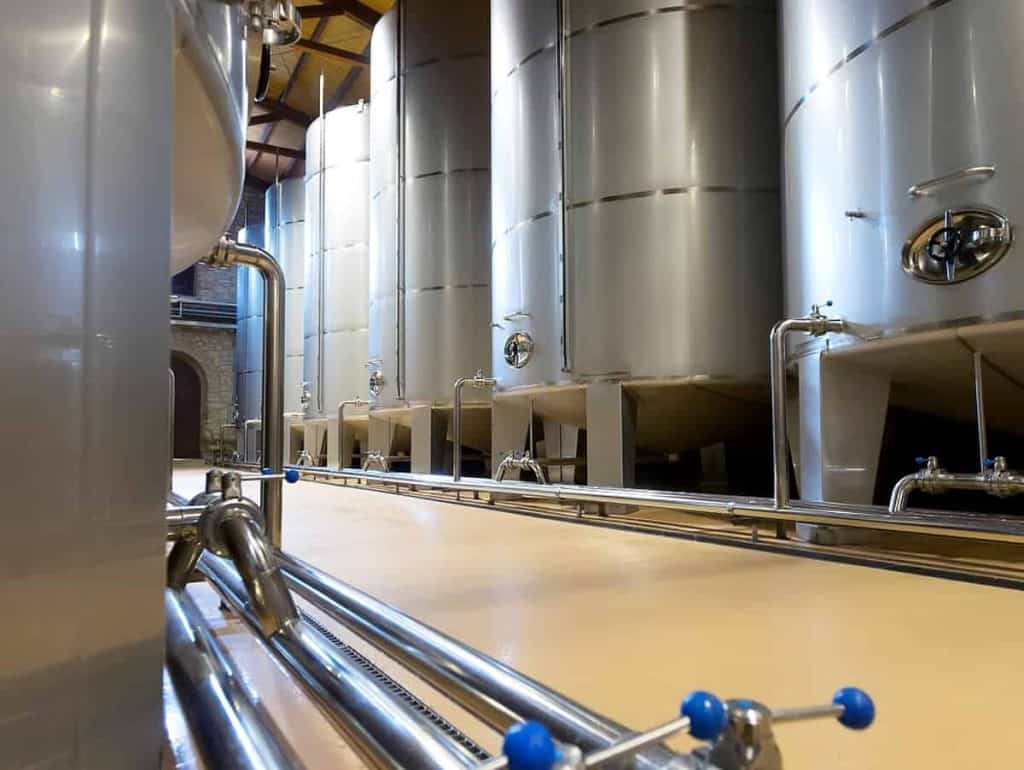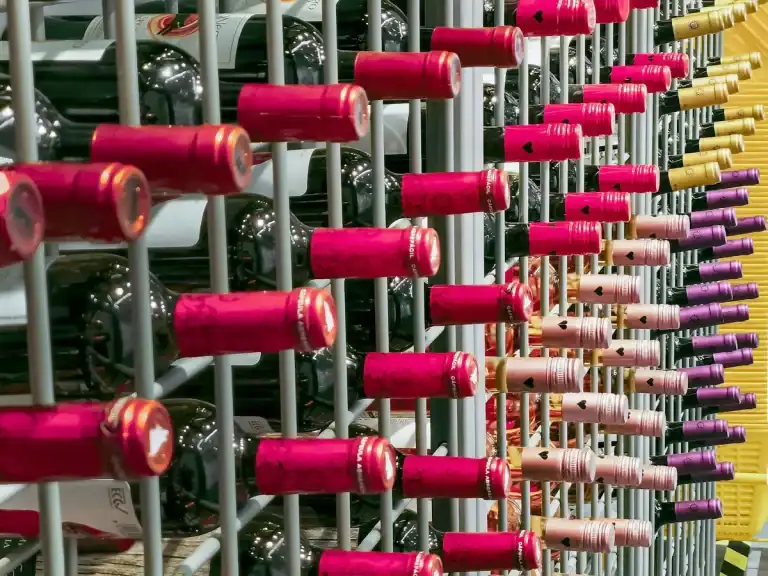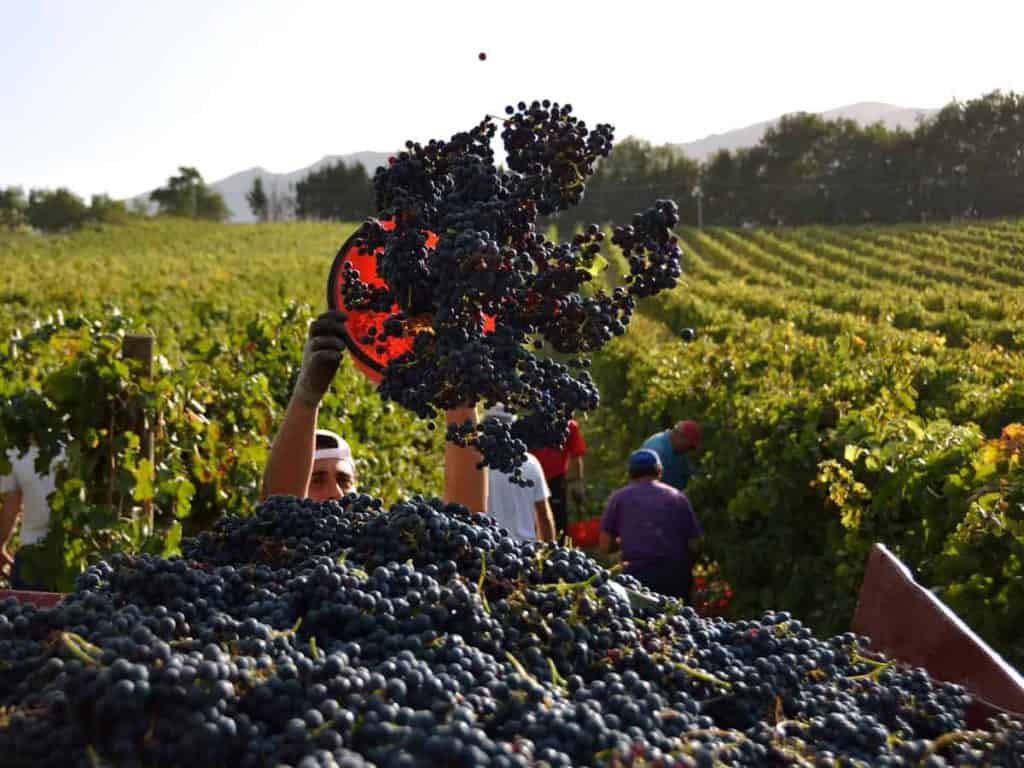Negative signs for production, consumption and exports of wine in the European Union. The new report published by the EuropeanCommission highlights that for the 2024/25 season, ending on 31 July, wine production is estimated to fall by 5% (despite a recovery in Italy), consumption to decrease by 3%, and wine exports to drop again (-6%), while imports remain stable.
This is stated in the short-term outlook report published by Brussels on 28 July, which notes that wine production volumes stand at 137 million hectolitres – the lowest level in the past 20 years, 10% below the five-year average. This is mainly due to significant declines in France and Germany, not offset by increased production in Italy (+15%) and Spain (+10%).
Consumption down 3%
On the consumption front, according to DG Agri data (based on Eurostat figures), forecasts indicate a 3% decrease, down to 93 million hectolitres. The most affected category will be red wines, due to a long-term downward trend linked to a general fall in demand, partly as consumers replace wine with other beverages.

Exports down 6%
But the worst news comes from wine exports, expected to decline by 6% in 2024/25. This forecast is based on trends observed between August 2024 and April 2025, with volumes of European wine exported falling by 3%, to 21 million hectolitres, largely due to a drop in shipments to the United Kingdom. This was only partially offset by stockpiling in the United States due to additional import tariffs announced by the White House at the end of 2024. According to the European Commission, the anticipated decline is therefore linked to the overall climate of uncertainty in international markets.
Potential recovery in production in 2025/26
Overall, with reduced production and a downward trend in demand, final wine stocks in the EU for the 2024/25 period are expected to fall below the five-year average (157 million hl). Looking ahead to 2025/26, favourable weather during spring 2025 in the main wine-producing countries could stimulate a recovery in production, as no major events have so far threatened the upcoming harvest.

Risks to the balance of European agriculture
Overall, taking into account all EU agricultural sectors, DG Agri notes a general resilience, with increases in cereal production, a recovery in olive oil, stable dairy exports, and growth prospects for the poultry sector. For fruit and vegetables, uneven developments are expected due to adverse weather conditions, while sugar and beef sectors are forecast to decline. Markets are generally at risk of instability due to climate variables and trade policies from the United States and China. These variables, as the Commission stresses, call for “greater vigilance and strategic planning to address this uncertain scenario.”



 Io Saturnalia! How to celebrate the festive season like an Ancient Roman
Io Saturnalia! How to celebrate the festive season like an Ancient Roman The UNESCO effect: tourism is growing, but there is a risk of losing identity
The UNESCO effect: tourism is growing, but there is a risk of losing identity The perfect pairing? Wine and books
The perfect pairing? Wine and books 2025 was the year of Trump's tariffs – will 2026 be better for Italian wine in the US?
2025 was the year of Trump's tariffs – will 2026 be better for Italian wine in the US? Italian cuisine recognised by UNESCO
Italian cuisine recognised by UNESCO





